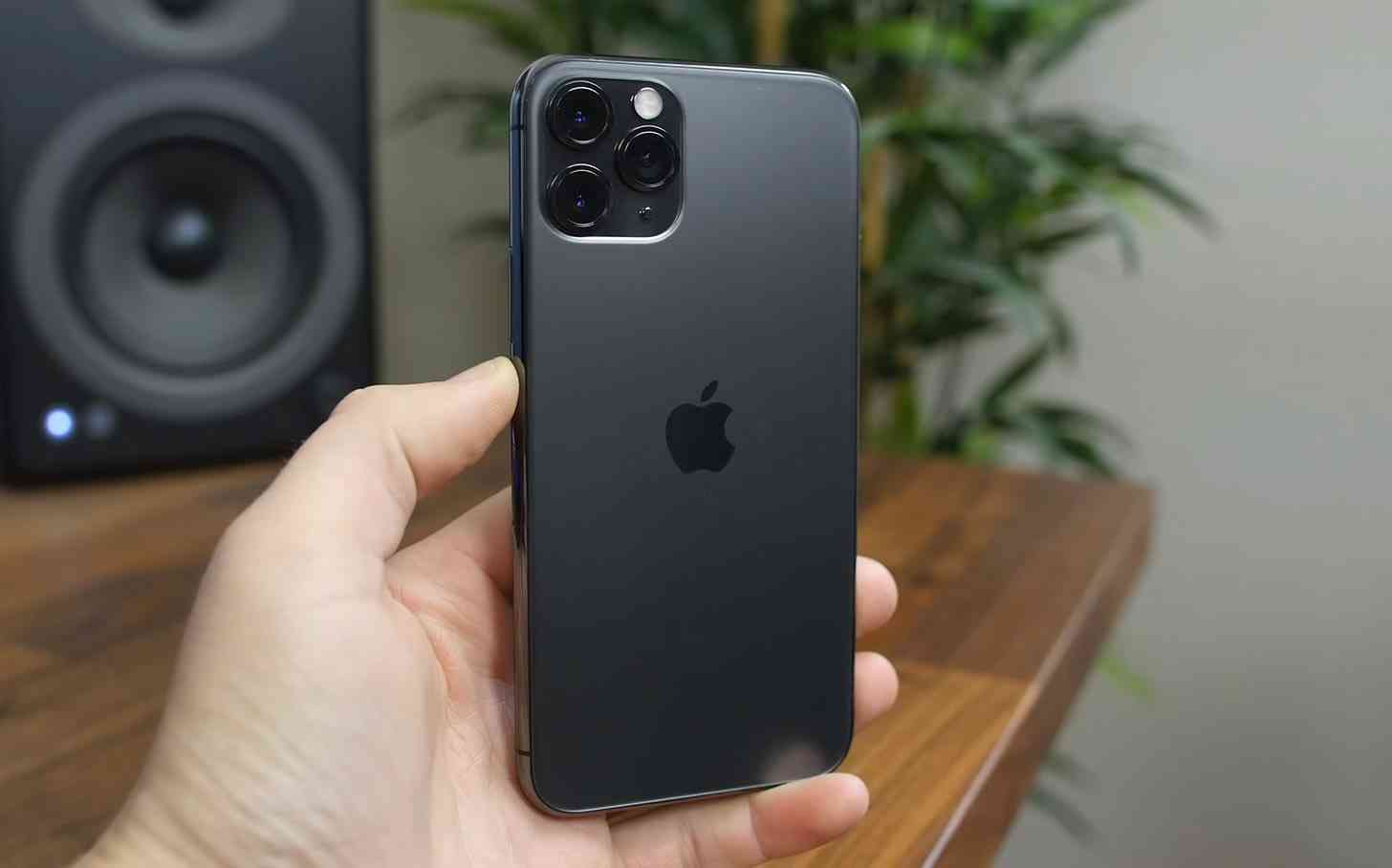
Initial iPhone 12 rumors suggested that the Pro versions of this year's iPhones would get 120Hz refresh rate displays, but more recent reports say that the iPhone 12 models will not get a high refresh rate. Instead, Apple may push that feature to next year's iPhones.
Apple is currently planning to add 120Hz refresh rate displays to the iPhone 13 next year. That's according to DSCC founder and display analyst Ross Young, who says that the iPhone 13 models will get "ProMotion with variable refresh rates through LTPO adoption on the Pro models."
Young also shared some info from Mizuho Securities about the iPhone 13 lineup. It's said that there will be four models, like is expected for the iPhone 12, including a 5.4-inch "Mini" phone, a 6.1-inch iPhone 13, a 6.1-inch Pro model, and a 6.7-inch Pro Max handset.

The four iPhone 13 models will reportedly all get integrated touch as well as Y-OCTA tech, which is Samsung's OLED panel that integrates the touch layer directly into the display rather than using a separate layer. All four models are expected to retain Face ID as well.
When it comes to cameras, the iPhone 13 and iPhone 13 "mini" are said to have dual rear cameras that are the same as the ones that'll be found on the iPhone 12 Pro Max. The iPhone 13 Pro and Pro Max will reportedly have triple rear cameras with a larger sensor size.
It's expected that the iPhone 13 and iPhone 13 "mini" will only have support for Sub-6GHz 5G networks, while the iPhone 13 Pro and Pro Max will have both Sub-6GHz and mmWave 5G connectivity. Rumors have said that this year's iPhone 12 Pro Max will be the only one with mmWave 5G, while all four iPhone 12 models will get Sub-6GHz 5G.
Finally, today's report says that Apple will wait until the spring of 2022 before it launches its next iPhone SE model. This device is expected to get a 6.1-inch LCD screen, Sub-6GHz 5G support, a fingerprint reader, and a dual rear camera setup similar to the iPhone 11's.
Most important development on the iPhone 13 models from my perspective will be ProMotion with variable refresh rates through LTPO adoption on the Pro models.
— Ross Young (@DSCCRoss) October 2, 2020